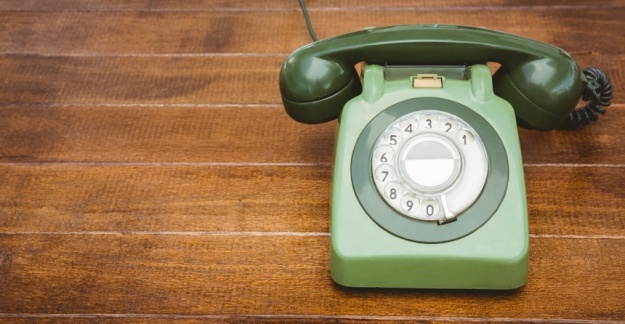Plain old telephone service, also known as POTS, is old-fashioned copper wires connected to a standard telephone that provides the power and connectivity to the telephone service provider’s central switching system. Replacing POTS with new technology has become equivalent to replacing a typewriter with a laptop. New technologies in the market like VoIP and wireless can now offer telephone services at a much lower cost than POTS.
Companies that delay in transitioning from POTS to Internet-based solutions will shoulder a disproportionate amount of the costs to maintain this aging infrastructure.
Cost of POTS is Ballooning
In some areas of California, costs for POTS have risen by 5x in the last 24+ months; in the Midwest, at least 2x; in the Northeast at least 1x (BCStrategies, 2016). Telecom giants are lobbying states, one by one, to hang up on the old telephone system. AT&T is losing revenue on legacy voice POTS lines at 13 percent YoY; there has been a 36 percent drop in revenue in the last four years for their business segment (AT&T, 2017).
As POTS subscriber levels decline, the costs of maintaining the existing infrastructure will fall on a smaller number of companies, which will lead to higher POTS service costs. There are also indications that the FCC may eventually phase out POTS services altogether due to unsustainable costs.
Cost Benefit of Replacing POTS
The cost savings are huge: In 2013, the cost of an average business POTS line was $141 per month, meanwhile the cost of an average VoIP line, including hi-speed Internet access was $66 (BullsEye Telecom, 2015). Telecom giants are offering the wireless phones/hardware and making it easy to transfer older established landline numbers to the wireless numbers. The wireless plans on these devices can cost as little as $20 to $40 per month. The cost savings add up as you add more lines: For example, implementing individual phones with an average cost of $35/month, to replace 1,300 individual POTS lines with an average cost of $80/month, can lead to 60 percent savings.
POTS Still has a Place
Before you cut all the copper wires in your organization, remember, analog lines have other uses that are not served completely by digital, at least just yet.
- Fax machines
- Elevators (emergency phones)
- Alarms
- Remote access to your legacy private branch exchange (PBX)
- Failover for survivable remote sites leveraging unified communication (UC)
- Credit card machines
- Modems for remote access
- Lead number, circuits/lines used at SMB sites and smaller enterprise branch sites
- 911 access from a location
- Overflow/failover at most remote voice IP-enabled UC sites (corporate or branch sites)
The Future of Voice
There are workarounds for these services though. Current options for replacement of analog data circuits include the following:
- SIP trunking eliminates a physical connection to the phone company and allows companies to pay only for the number of lines they need instead of getting locked into excess analog lines.
- Carrier or private fiber when it is cost effective enough for a performance requirement.
- Cellular where it is reliable enough and meets security requirements.
- Private wireless networks or Power Line Carrier (PLC) for those areas that fiber is not feasible and other options don’t meet your bandwidth or latency performance standards.
- IP-based DSL or cable where it is available and meets service security requirements.
An old Chinese proverb states that there are many ways to move forward, but only one way to stand still. POTS is standing still and charging you a pretty penny to stand there.
Region:









